
Ficus Fiddle Leaf Fig
$23
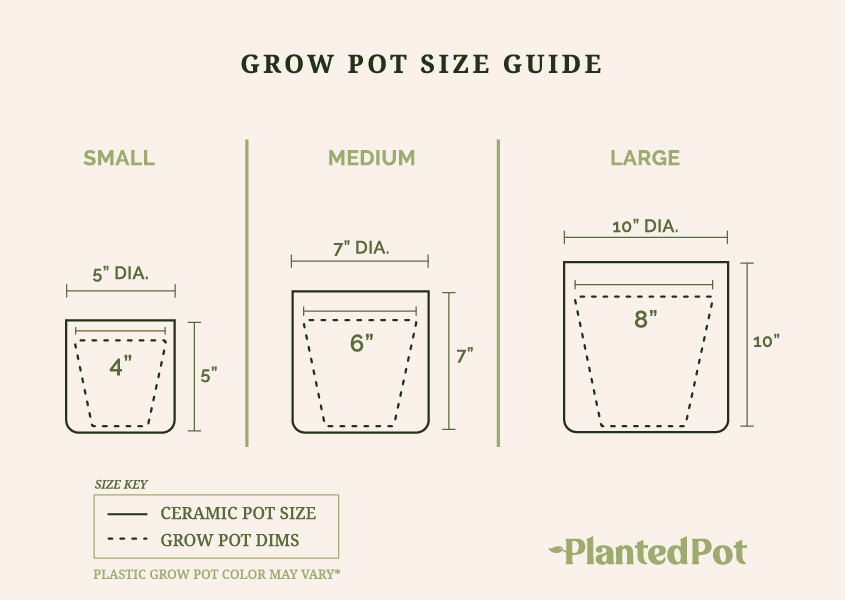 Plastic grow pots come in different colors, you may receive a black or rust colored pot.
Plastic grow pots come in different colors, you may receive a black or rust colored pot.
The Ficus Fiddle Leaf Fig is a leafy tropical plant that grows upright like a tree with a woody stalk and lush spread. Its shiny green leaves are large and violin-shaped with prominent veins. These plants thrive in warm, humid environments but can still do well in less-than-ideal conditions. The Fiddle Leaf Fig usually only produces blooms and figs when in its natural habitat, but when planted in a large floor container, they can grow to six feet tall or more (in the wild they can exceed 40 feet!) Bright, filtered light and moist soil will keep these plants reaching higher and higher.
Fiddle-leaf figs require bright, filtered light to grow best. Direct sunlight can burn leaves. Plants that are kept in very low lighting will fail to grow rapidly
Likes a moderate amount of moisture in the soil. Not enough water = leaves wilting and lose their bright green color. Too much water plant might drop its leaves and suffer from root rot
60 – 75°F
Related Products
Ficus Fiddle Leaf Fig
Ficus plants are a group of increasingly popular ornamental houseplants that all have a stunning appearance. But Ficus Plants have been revered throughout human history for more than their looks. From religion to medicine, the Ficus Plant has been culturally significant for thousands of years.
So which of these impactful and beautiful plants is right for your home? There are many Ficus plants to consider! Here are the Ficus plants that are the most popular and easy to grow.
What is a Ficus?
Ficus is a genus of plants that are culturally important throughout human history. This includes being worshipped and used for a variety of practical uses. Some ficus plants grow edible fruits and are a very important food source for wildlife.
Some Ficus species have soft wood that makes them pretty versatile. Ancient Egyptians often used Ficus plants to make mummy caskets! There’s also evidence that some Ficus species, including the Common Fig, were bred for agriculture in the Middle East more than 11,000 years ago.
Today, many Ficus species are used to create a variety of materials, or used in herbalism.
History of The Ficus
Throughout history, the Ficus plays a significant role in popular culture and religion. The oldest living plant is currently a type of Ficus originally planted in the temple at Anuradhapura, Sri Lanka, by King Tissa in 288 BC. In Islam, Ficus plants are quite significant and also mentioned frequently in the Quran. They are also important to Buddhism and Hinduism in Asia. It is said that Buddha found enlightenment while meditating for 49 days under a Ficus tree.
In Jainism, you cannot consume any Ficus plant or its fruit. In Ancient Greece and Cyprus, the Ficus plant was a symbol of fertility. Ficus plants are also mentioned in the Bible, including when Adam and Eve use a leaf to cover their privates. According to the Torah, it’s one of the foods found in the Promised Land.
Animals in the tropical forest are also fond of Ficus plants. Many monkeys and bats eat the plant’s fruit. Some bird species only eat Ficus fruit, including pigeons, hornbills, fig-parrots, and Asian barbets. Some bugs also feed on Ficus plant leaves and wood.
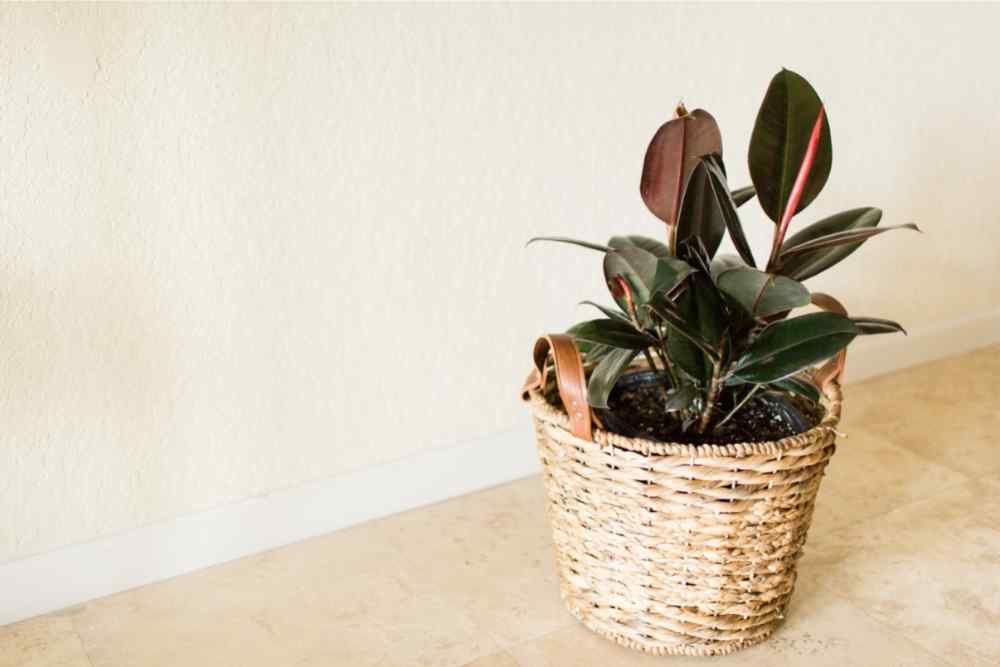
Is a Ficus a Bush or a Tree?
Ficus is a genus with an abundance of species, including trees, shrubs, vines, and more! You might know them better as Fig Trees or Figs.
Where Are Ficus’ Commonly Found?
Most Ficus are native throughout the world’s tropics, although most are found in East Asia.
So what is the climate like? Humid subtropical parts of Eastern Asia have hot, humid summers and mild winters. Humid continental climates in Asia have warm to hot summers that are humid and then cold, wet winters. It’s safe to say that many Ficus plant species prefer humidity!
How Many Ficus Types Are There?
Ficus is a genus of plants that has around 850 species! These trees, vines, and shrubs belong to a family of plants called the Moraceae.
Is a Ficus a Good House Plant?
Ficus plants are very popular houseplants from the trailing types to the trees. They are considered an ornamental houseplant thanks to their foliage, meaning they are decorative and striking! You’ll often find them in homes, offices, and hotels.
Ficus plants aren’t only popular due to their looks. They are also very easy to care for. They are low-maintenance, making them a great choice for all levels of plant lovers.
- Temperature Requirements: Ficus plants will thrive in most comfortable temperatures, from 60 to 75 degrees Fahrenheit.
- Humidity Requirements: Even though Ficus plants love humidity in the wild, the average humidity in the home is fine. Mist them regularly to help them thrive.
- Light Requirements: Most Ficus plants prefer bright and indirect sunlight.
- Watering Requirements: General watering is fine for most Ficus plants. This means watering once the soil is almost dry, making sure not to let them get too thirsty. The types of trees are very sensitive to overwatering, however.
- Propagation: This depends on the specific Ficus plants. Some are harder than others. They’re propagated by stem tip cuttings depending on the species.
Can a Ficus Grow Outside?
It’s possible!
Ficus plants prefer an average temperature of 60-75, 80°F at most. This makes the Ficus plant a great container plant for outdoor patios and gardens that are around this temperature. However, if temperatures reach 30-35°F, it can severely damage the plant. If winters often get that cold where you live, don’t try to grow a Ficus plant outside.
You should also consider the lighting of your hard. If your yard is very shady, the Ficus plant won’t get enough light to thrive. They may even die. If there is too much bright light for hours on end, the Ficus plant’s leaves may get scorched.
How Long Does a Ficus Live?
The age a Ficus plant reaches depends on the species. Each one has its own average life span, but Ficus trees can live up to 20 years in general with the right care! Most plants will live a long life if they are watered correctly and given the light requirements they need to thrive.
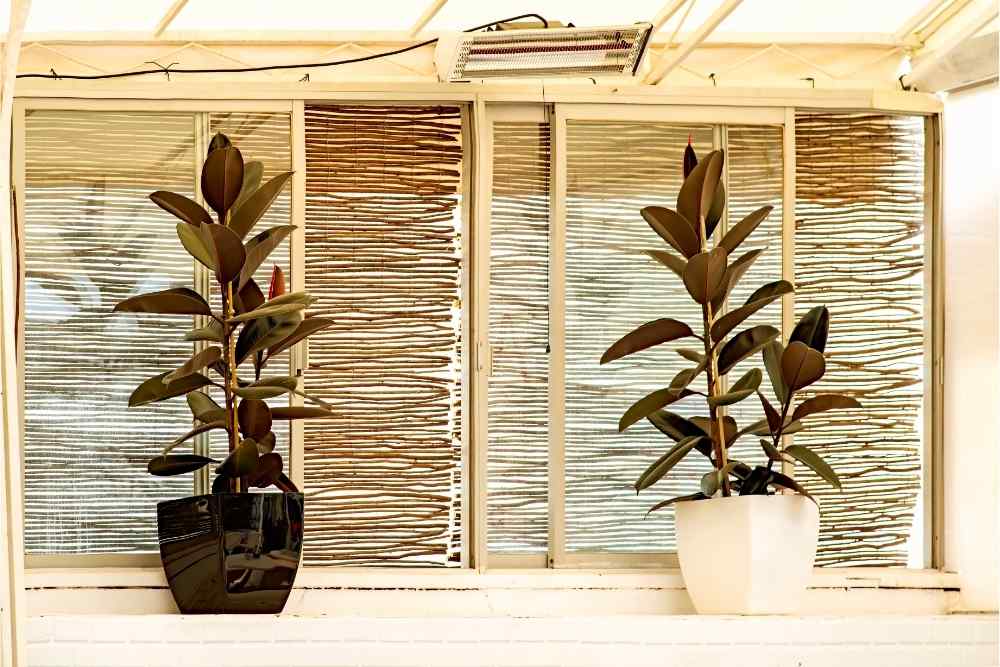
Which Ficus is Most Popular?
While there are about 900 species of Ficus plants, some stand out more than others. Here are some of the most popular species, both stunning and great for any indoor garden.
Creeping Fig
The Creeping Fig, also known as the Climbing Fig, typically grows outdoors as a climbing vine. Some varieties are also found indoors as ornamental houseplants. They are an evergreen climbing species that enjoy hanging from baskets. You can also give them something to attach to and climb.
The Creeping Fig has heart-shaped leaves that grow about one inch long along a wooden-like stem. This plant can stay pretty small, thriving inside a hanging basket or pot, where its leaves can hang over the sides. They can also climb a moss stick.
The Creeping Fig is very easy to grow. Keep them out of direct sunlight and keep the soil moist. The Creeping Fig grows very easily (and quickly), meaning you’ll need to prune them quite often. This is best done in the springtime.
Fiddle Leaf Fig
The Fiddle Leaf Fig is known for its large leaves. This tree grows about 50 feet when outside in its natural habitat. But inside, it can reach up to almost 10 feet. It’s a big plant all around that makes them the focal point of any room. You’ll often find them in living rooms, hallways, and hotels.
The Fiddle Leaf Fig gets its name from its big leaves (up to 12 inches long) shaped like a violin. Despite their big leaves and impressive height, the Fiddle Leaf Fig grows quite slow. They take up to 15 years to fully mature, although they’re already striking at just three years old.
In their natural habitat, the Fiddle Leaf Fig will produce flowers and even fruits! It will grow them outdoors as well. But indoors, this is quite a rare occurrence.
Overall, the Fiddle Leaf Fig is an easy plant to care for but has a bit more specific requirements than other Ficus plants. Overwatering this plant will damage it, and it may not return to full health. But dry soil and low humidity will also harm the Fiddle Leaf, turning their leaves brown.
Rubber Plant
The Rubber Plant is another Ficus plant that grows quite large in the wild (almost 100 feet tall!). But their size can be managed indoors, making them popular additions to any room or outdoor garden. They can grow to about 8 feet tall when raised indoors.
The Rubber Plant has a very stunning appearance thanks to its shiny and bright leaves. It’s often the centerpiece of any room it’s in, whether it’s guarding a door entrance or just hanging out in the TV area. Just make sure it’s not next to any cold drafts or A/C vents.
This plant is quite easy to care for despite its exotic looks. Just don’t overwater it! Sudden temperature drops can harm this tropical beauty. Give them a brightly lit spot in the home and mist their leaves when it gets warm in the summer months. Due to their height, you may have to support the trunk and branches by staking or tying them back, ensuring the plant grows upright.
Weeping Fig
The Weeping Fig is tree-like in appearance, with large branches and long, pointed leaves. It’s a popular indoor plant due to its slow growth and stunning appearance. Weeping figs have beautiful green leaves with white trim, giving them an elegant and exotic vibe.
The Weeping Fig needs some space to grow. Try placing it in the corner of a room. You’ve probably seen this big beauty in shopping malls and offices. There are smaller varieties that you can place on countertops as well!
This Ficus plant is fairly easy to grow. They need bright, indirect light that’s partially shaded, watering when the soil is dry, and a temperature around 65°F. Mist their leaves in the summer months.
The biggest thing to keep in mind about Weeping Fig care is that this plant hates being moved around. Constant movement may shock them and cause their leaves to drop, making them look a bit bare. Find and set a comfortable spot for your Weeping Fig to thrive and show off. Try to leave it there as long as possible.
The Weeping Fig can also improve air quality in your home. While all plants do this to some degree, this species is particularly good at removing formaldehyde, xylene, and other contaminants. This is definitely a plant you want to have around!
Final Thoughts – Ficus
Ficus plants are a one-of-a-kind plant genus with species of plants that are not only stunning but beneficial and highly revered throughout history.
There are so many Ficus plants that it can be hard to choose which one to add to your indoor decor. Some may be more versatile and adaptable than others, from the large and beautiful Fiddle Leaf Fig to the air purifying Weeping Fig.
When it comes to which Ficus plant is right for you, it’s all about your own personal aesthetic and the experience you have with plant care. Luckily, there’s a Ficus plant for everyone!
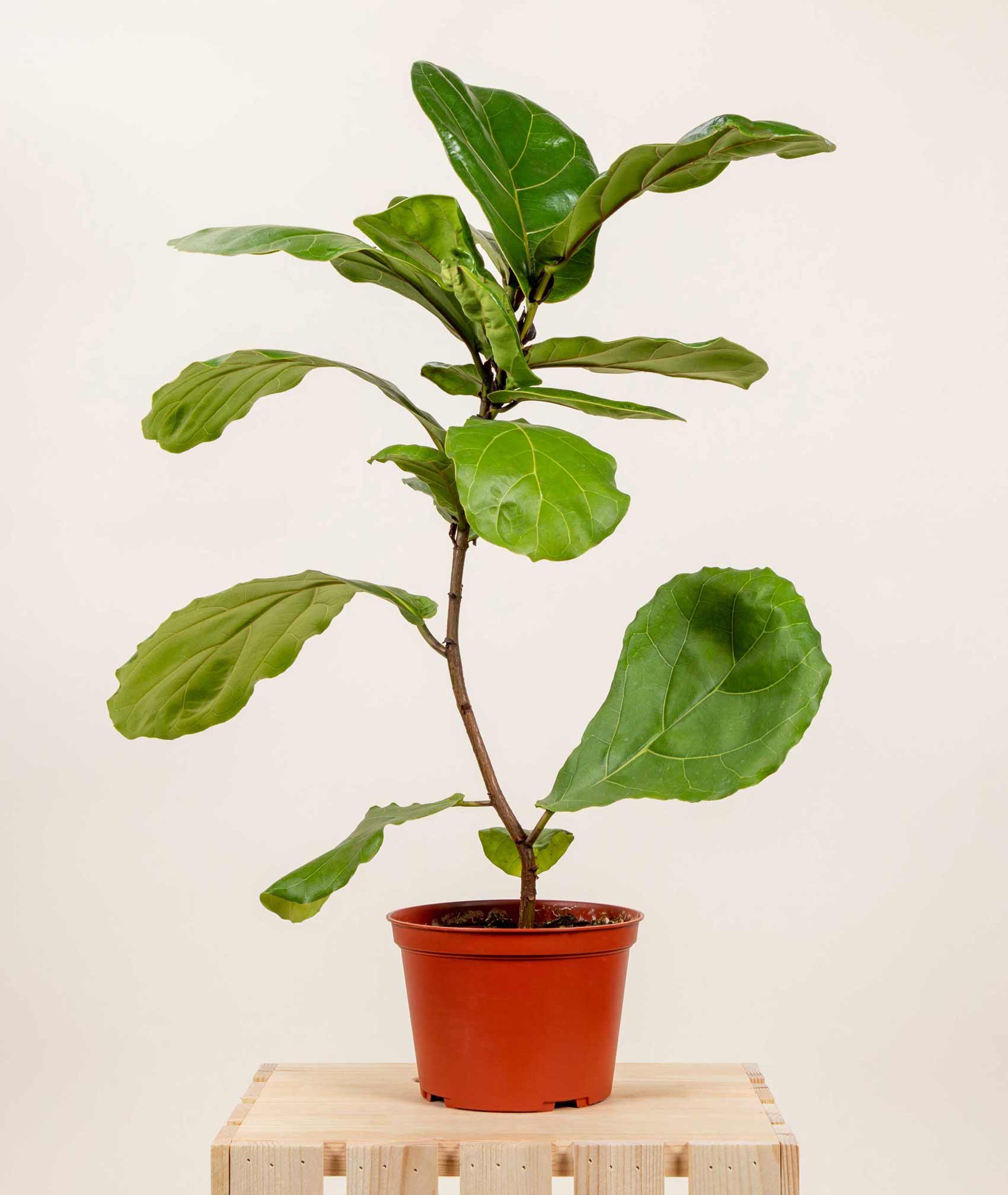
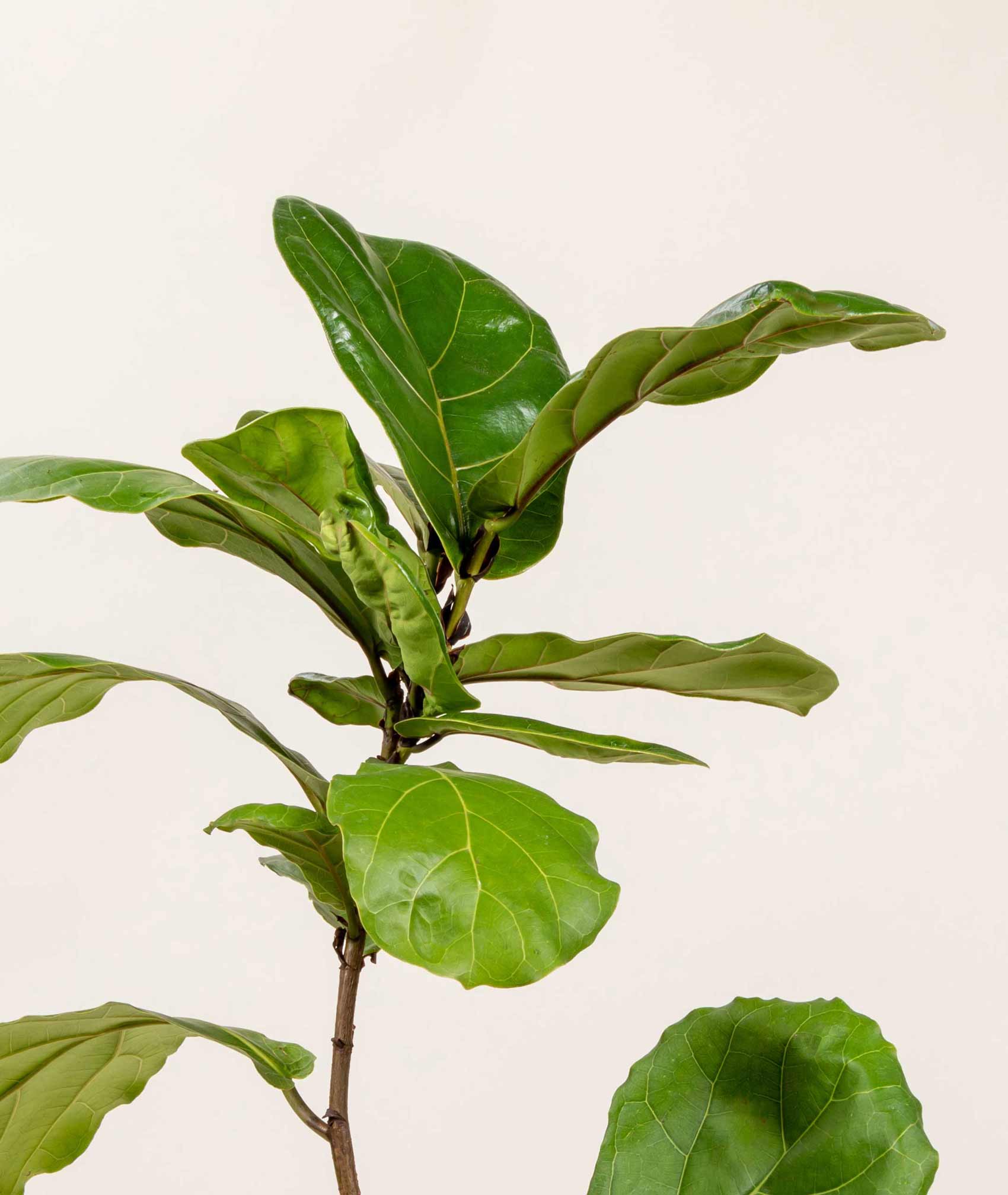



Reviews
There are no reviews yet.